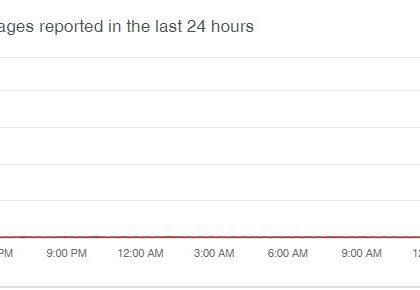DNS-Hijacking Malware Targeting iOS, Android and Desktop Users Worldwide [source: thehackernews]
by CIRT Team
Widespread routers’ DNS hijacking malware that recently found targeting Android devices has now been upgraded its capabilities to target iOS devices as well as desktop users.
Dubbed Roaming Mantis, the malware was initially found hijacking Internet routers last month to distribute Android banking malware designed to steal users’ login credentials and the secret code for two-factor authentication.
According to security researchers at Kaspersky Labs, the criminal group behind the Roaming Mantis campaign has broadened their targets by adding phishing attacks for iOS devices, and cryptocurrency mining script for PC users.
Moreover, while the initial attacks were designed to target users from South East Asia–including South Korea, China Bangladesh, and Japan–the new campaign now support 27 languages to expand its operations to infect people across Europe and the Middle East.
How the Roaming Mantis Malware Works
Similar to the previous version, the new Roaming Mantis malware is distributed via DNS hijacking, wherein attackers change the DNS settings of the wireless routers to redirect traffic to malicious websites controlled by them.
So, whenever users attempt to access any website via a compromised router, they are redirected to rogue websites, which serves:
- fake apps infected with banking malware to Android users,
- phishing sites to iOS users,
- Sites with cryptocurrency mining script to desktop users
“After the [Android] user is redirected to the malicious site, they are prompted to update the browser [app]. That leads to the download of a malicious app named chrome.apk (there was another version as well, named facebook.apk),” researchers say.
To evade detection, fake websites generate new packages in real time with unique malicious apk files for download, and also set filename as eight random numbers.
For more, click here.
Recommended Posts

Training on cybersecurity awareness for Department of Women Affairs
25 Nov 2023 - Articles, English articles, News, News Clipping, Service










